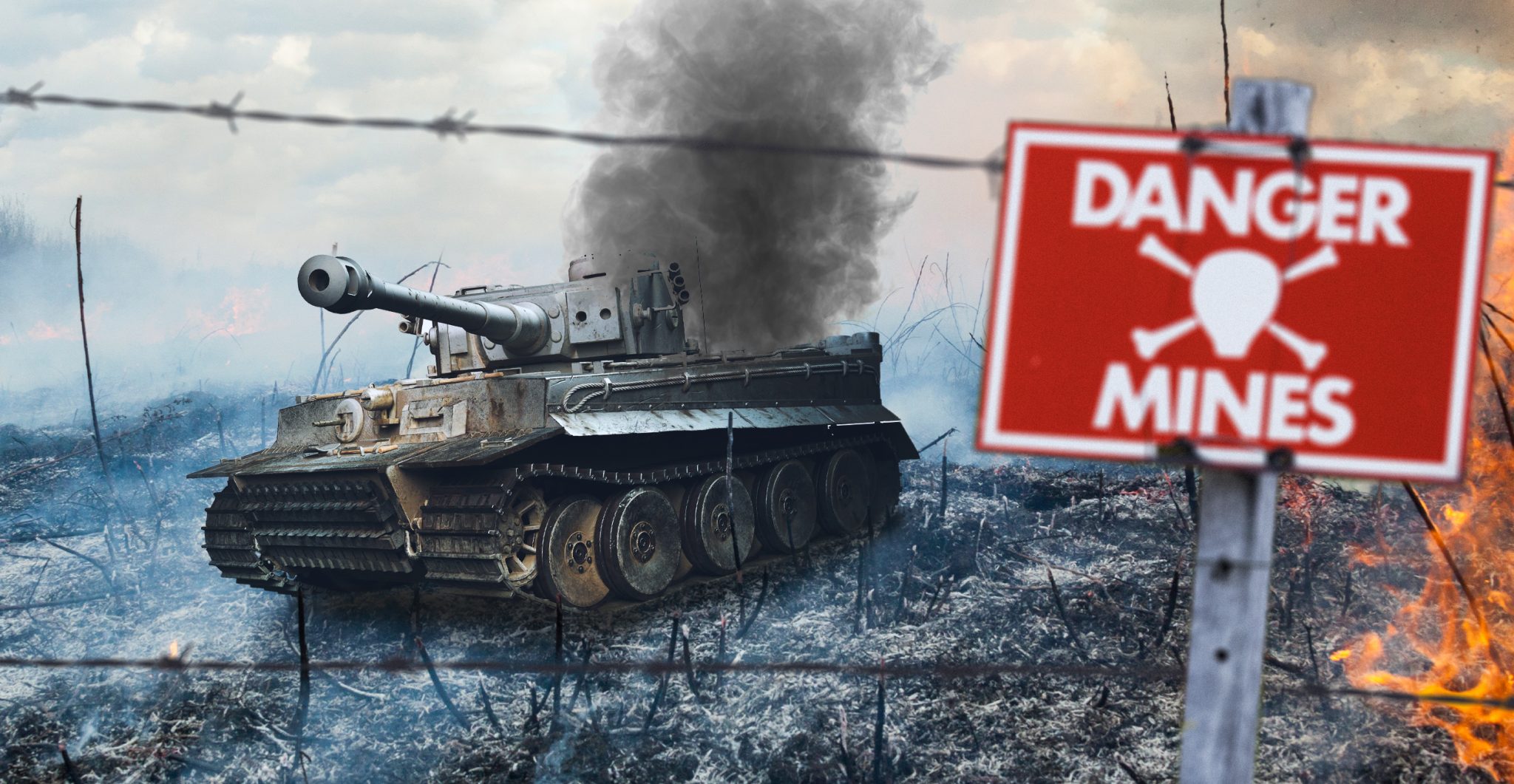Thomas Barfoot rose from rather humble beginnings in rural Mississippi to become a war hero who served in multiple wars and was awarded a Medal of Honor in World War II.
Born in Edinburg, Mississippi in 1919, his early career belied the fame and success he would later achieve.
He joined the military in 1940 and served in Louisiana, Puerto Rico, and Quantico in Northern Virginia. He was promoted to Sergeant and served in a headquarters unit until he shipped out to Italy with an infantry unit in 1943.

Barfoot participated in three different amphibious landing: the invasion of Sicily in July 1943, the Salerno landings on the mainland in September of 1943, and Anzio in 1944. In every case, he fought with distinction and pushed the Axis forces back.
After the Anzio landings, his unit reached the outskirts of Carano, Italy on May 23, 1944. The Germans held well-entrenched positions outside of the city.
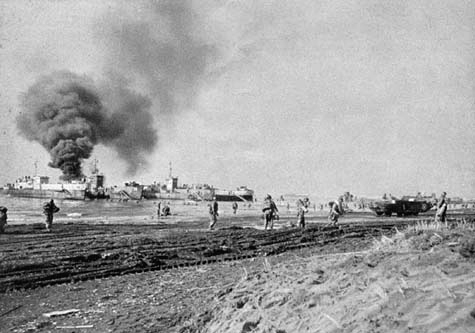
Tech Sergeant Barfoot advanced alone near the enemy position. He moved carefully using ditches, trenches, and holes created by artillery blasts to avoid both the minefield and enemy detection.
When he reached an enemy machine gun nest, he disabled it with a direct hit from a fragmentation grenade which killed two Germans and wounded three more.

He continued along the German defense line to the next machine gun emplacement and used his Tommy Gun at close range to kill another two enemies. He also captured three more soldiers.
At this point, a third crew in a nearby machine gun nest voluntarily surrendered to him. He left the prisoners in the care of his support squad and mopped up the remaining positions in the German defensive line.

He had captured a total of 17 Germans by the time he was done.His unit spent the rest of the day consolidating their position and reorganizing the remaining men. Then the Germans launched a fierce counterattack directly at Barfoot’s position.
Barfoot took up a Bazooka and, even though it would expose him to enemy fire, he took a position along his opponent’s expected avenue of advance.
What he faced advancing toward him were three Mark VI heavy tanks, also called Tiger Is. These were rather fearsome beasts with heavy armor and firepower that could shake the ground.

From a distance of only 75 yards (68 meters), he used his bazooka to destroy the track of one Tiger. The other two tanks changed directions.
The tracks of the Tiger were notoriously unreliable. If the infantry didn’t have heavy anti-tank weapons, aiming for the tracks and achieving a mobility kill was a great idea.
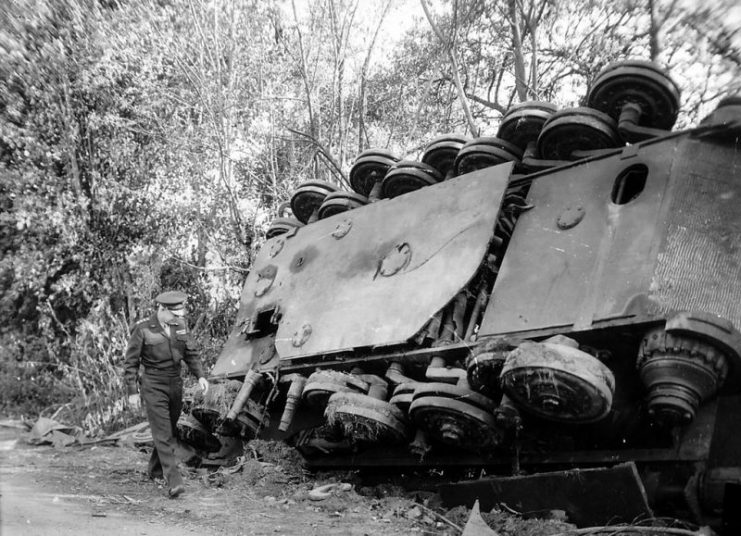
Barfoot then charged the disabled tank and used his machine gun to kill the crew as they dismounted. He continued to charge into enemy territory and also destroyed an abandoned German field gun.
Though Barfoot was nearing exhaustion with his single-handed campaign to destroy the German line, nevertheless he also helped two seriously wounded platoon mates return to friendly space.
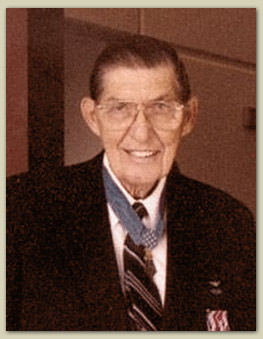
For Sgt. Barfoot’s “extraordinary heroism, demonstration of magnificent valor, and aggressive determination” in the face of enemy fire and the inspiration he provided to his fellow soldiers, he received the Medal of Honor.
Barfoot bravely served throughout the rest of the war then went on to serve in both Korea and Vietnam. He earned a Purple Heart and eventually the rank of Colonel.

Barfoot came from Mississippi and held attitudes towards minorities that were typical of his time, but after serving with black soldiers in World War II, he changed his opinion of them.
When he retired, he moved to a rural farm in Virginia to be closer to his family.
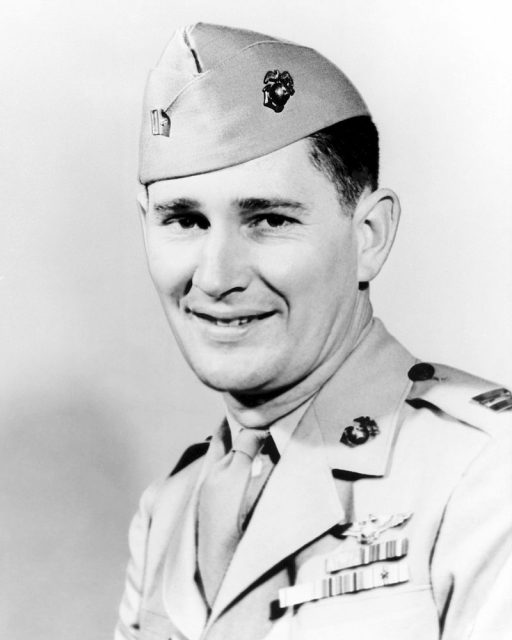
Unfortunately, this made him the focus of the news once again in 2009 when he encountered modern bureaucracy, like Medal of Honor winner Joe Foss who had his medal confiscated by TSA agents.
The homeowners association (HOA) where Barfoot lived objected his 20-foot (6-meter) flagpole and threatened to sue.
This was a stunningly inept public relations move from the HOA since there weren’t any rules specifically forbidding his pole. Threatening a Medal of Honor winner for displaying the flag was an incredibly poor decision.

Under national pressure from the media, military groups, and Virginia politicians, the HOA backed down about a week later.
Thomas Barfoot rose from humble origins to great fame and honor. He is a testament not only to the greatest generation but to what a single courageous man can do, even against a tank.
